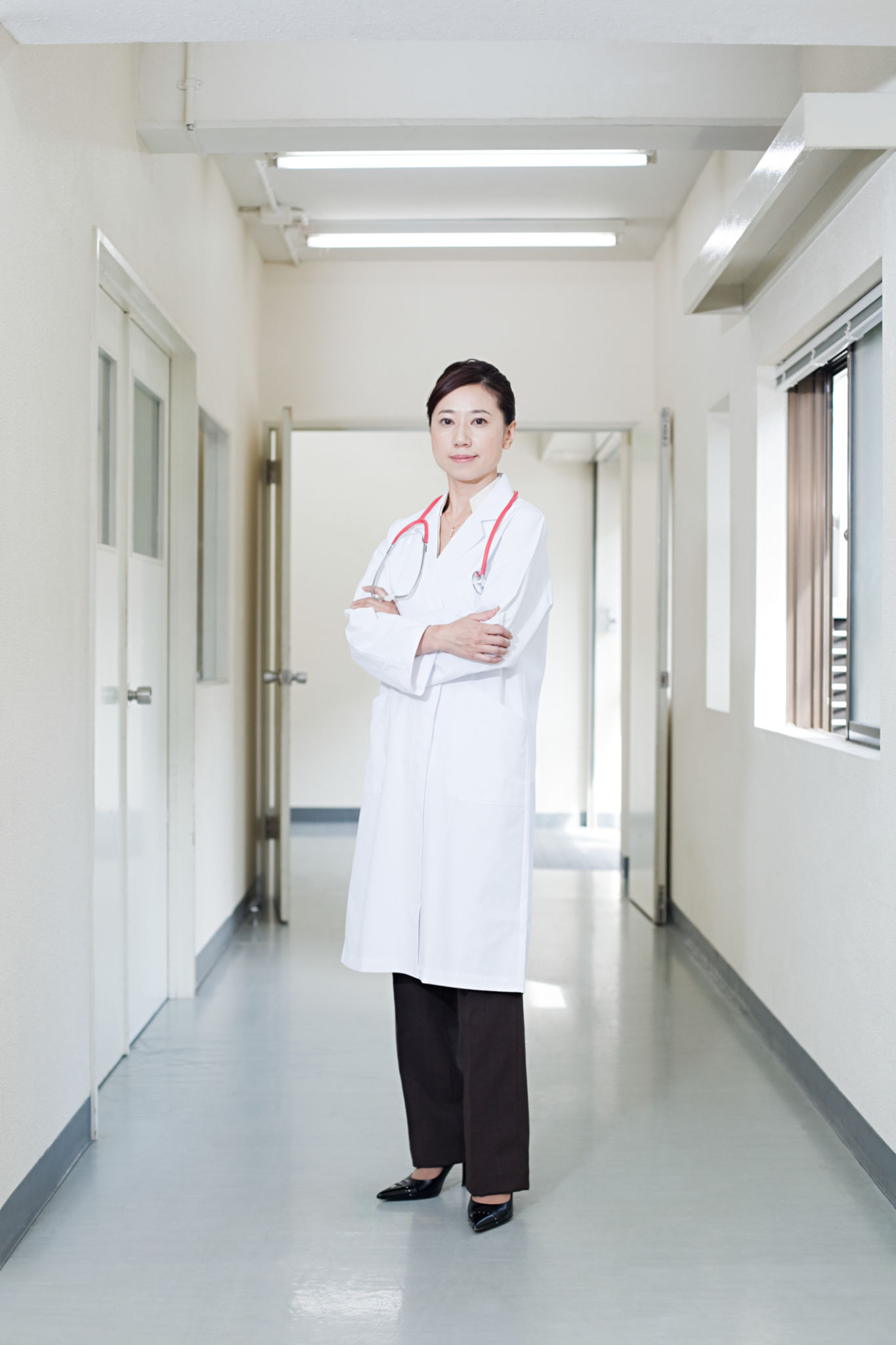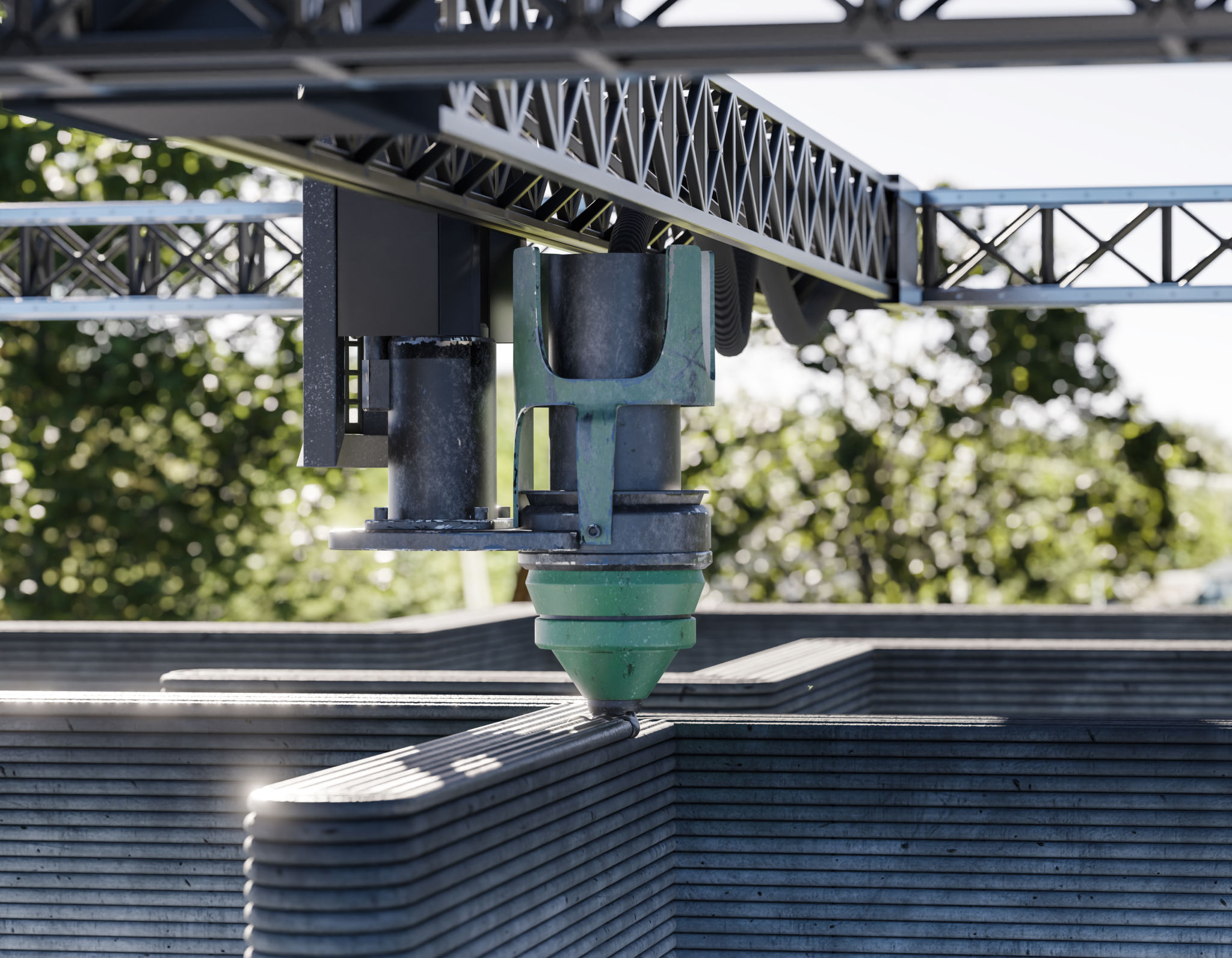The Latest Trends in Specialty Medical Devices: Innovations to Watch
Introduction to Specialty Medical Devices
The field of specialty medical devices has witnessed a significant transformation in recent years. With rapid advancements in technology and a growing demand for personalized healthcare solutions, the industry continues to innovate at an unprecedented pace. These innovations are not only enhancing patient care but also improving the efficiency of medical professionals.
As we delve deeper into the latest trends, it becomes evident that specialty medical devices are increasingly becoming an integral part of modern healthcare systems. From wearable technology to AI-driven diagnostics, the future of medical devices looks promising and full of potential.

Wearable Technology: A Game Changer in Healthcare
Wearable technology has revolutionized the way we monitor health and wellness. These devices, often equipped with sensors, allow for continuous health monitoring and data collection. From tracking vital signs to managing chronic conditions, wearables have become indispensable tools for both patients and healthcare providers.
Recent innovations in wearable technology include smartwatches capable of detecting irregular heart rhythms, glucose-monitoring patches for diabetics, and even wearable ECG monitors. These advancements not only provide real-time data but also empower individuals to take control of their health outcomes.

AI-Driven Diagnostics: Enhancing Accuracy and Efficiency
Artificial intelligence is playing a pivotal role in transforming diagnostics within the specialty medical device sector. AI algorithms can analyze complex medical data rapidly, leading to faster and more accurate diagnoses.
One of the significant trends in this domain is the use of AI for image recognition in radiology. AI-powered tools can swiftly identify anomalies in medical images, reducing the workload on radiologists and minimizing human error. Additionally, AI is being utilized in pathology for analyzing tissue samples with high precision.
3D Printing: Customized Solutions for Better Outcomes
3D printing technology is another trend making waves in the specialty medical device industry. It offers the capability to create customized medical devices tailored to individual patient needs, such as prosthetics, implants, and surgical instruments.
The ability to produce bespoke solutions not only enhances patient comfort but also improves surgical outcomes. Furthermore, 3D printing reduces production costs and time, making it a cost-effective solution for healthcare institutions.

Telemedicine Integration: Bridging the Gap
The integration of telemedicine with specialty medical devices has opened new avenues for remote patient care. Devices that can transmit health data in real-time to healthcare providers ensure that patients receive timely interventions without having to visit a clinic.
This trend gained substantial momentum during the global pandemic and continues to be a cornerstone of modern healthcare practices. The convenience and accessibility offered by telemedicine-integrated devices have made healthcare more inclusive and patient-centric.
Conclusion: A Future Full of Possibilities
The specialty medical device industry is poised for remarkable growth, driven by technological innovations and a commitment to improving patient care. As these trends continue to evolve, they promise a future where healthcare delivery is more efficient, personalized, and accessible.
Healthcare professionals, stakeholders, and patients alike stand to benefit significantly from these advancements. By staying informed and embracing these innovations, we can collectively contribute to a healthier tomorrow.
